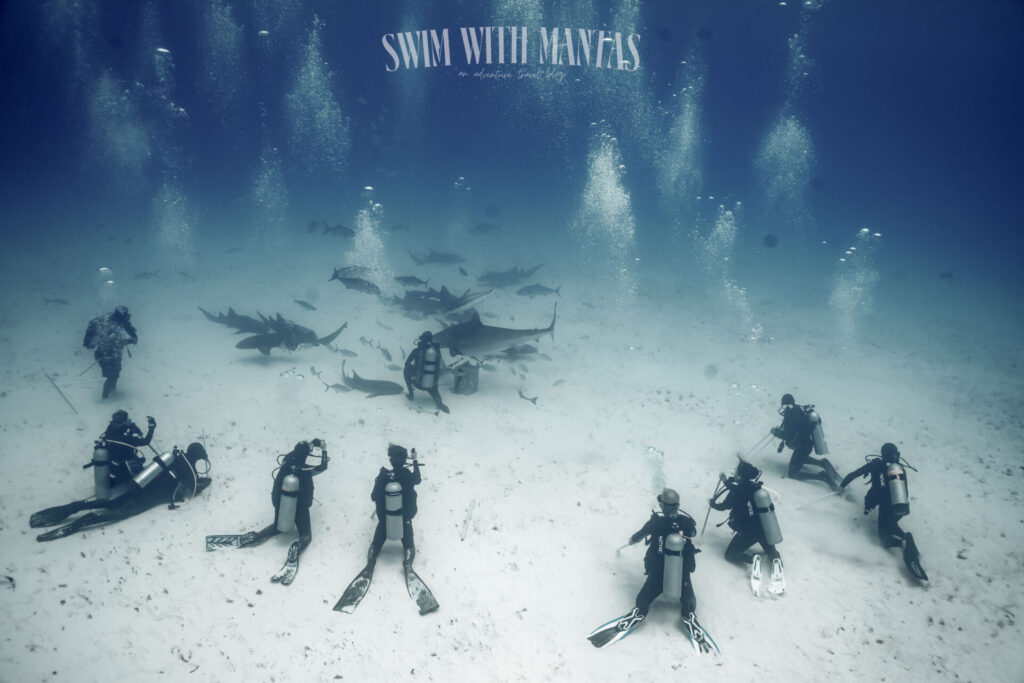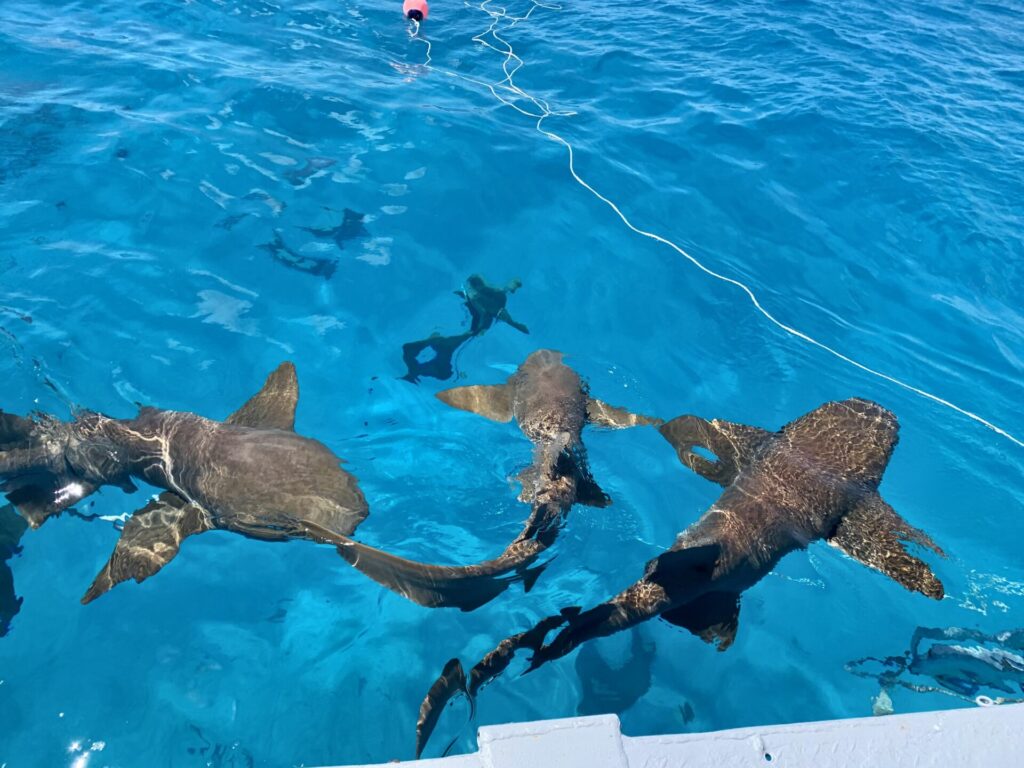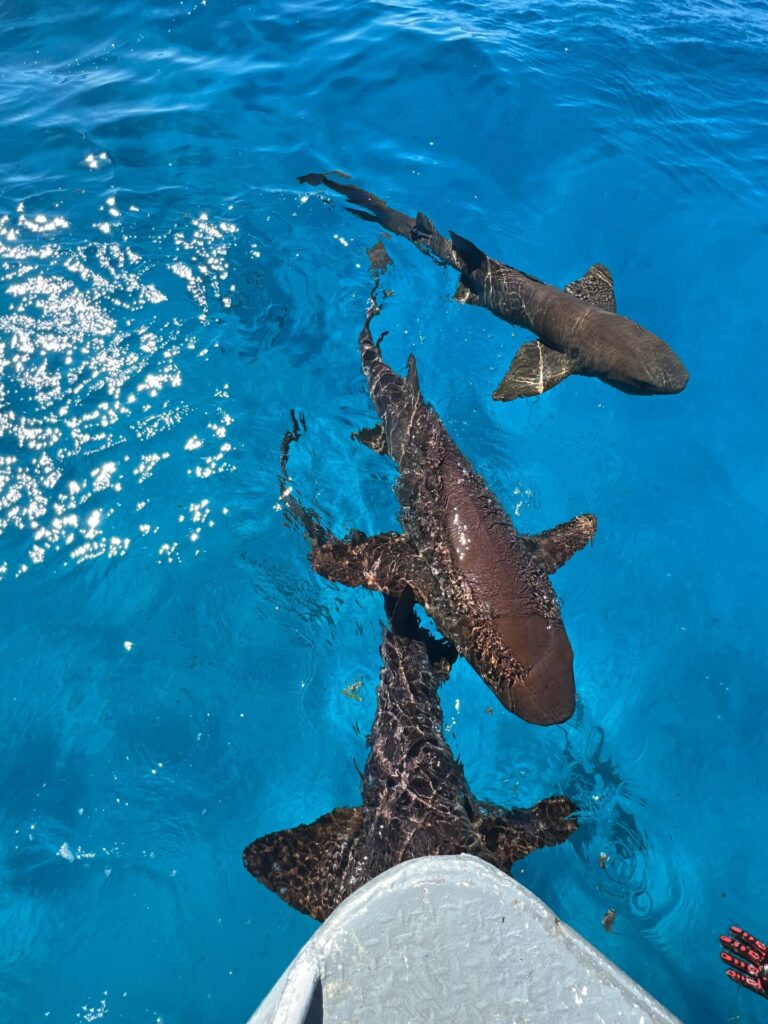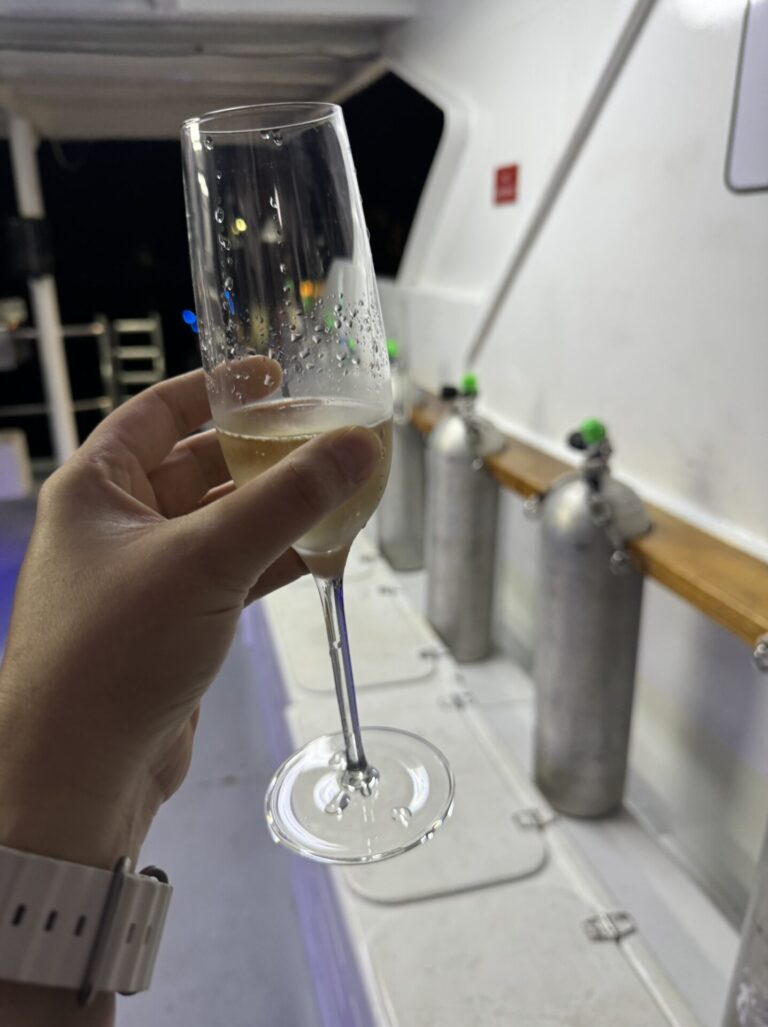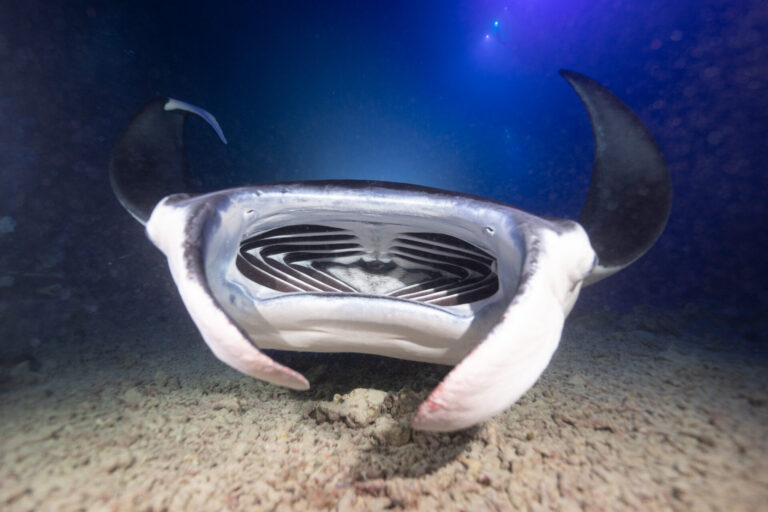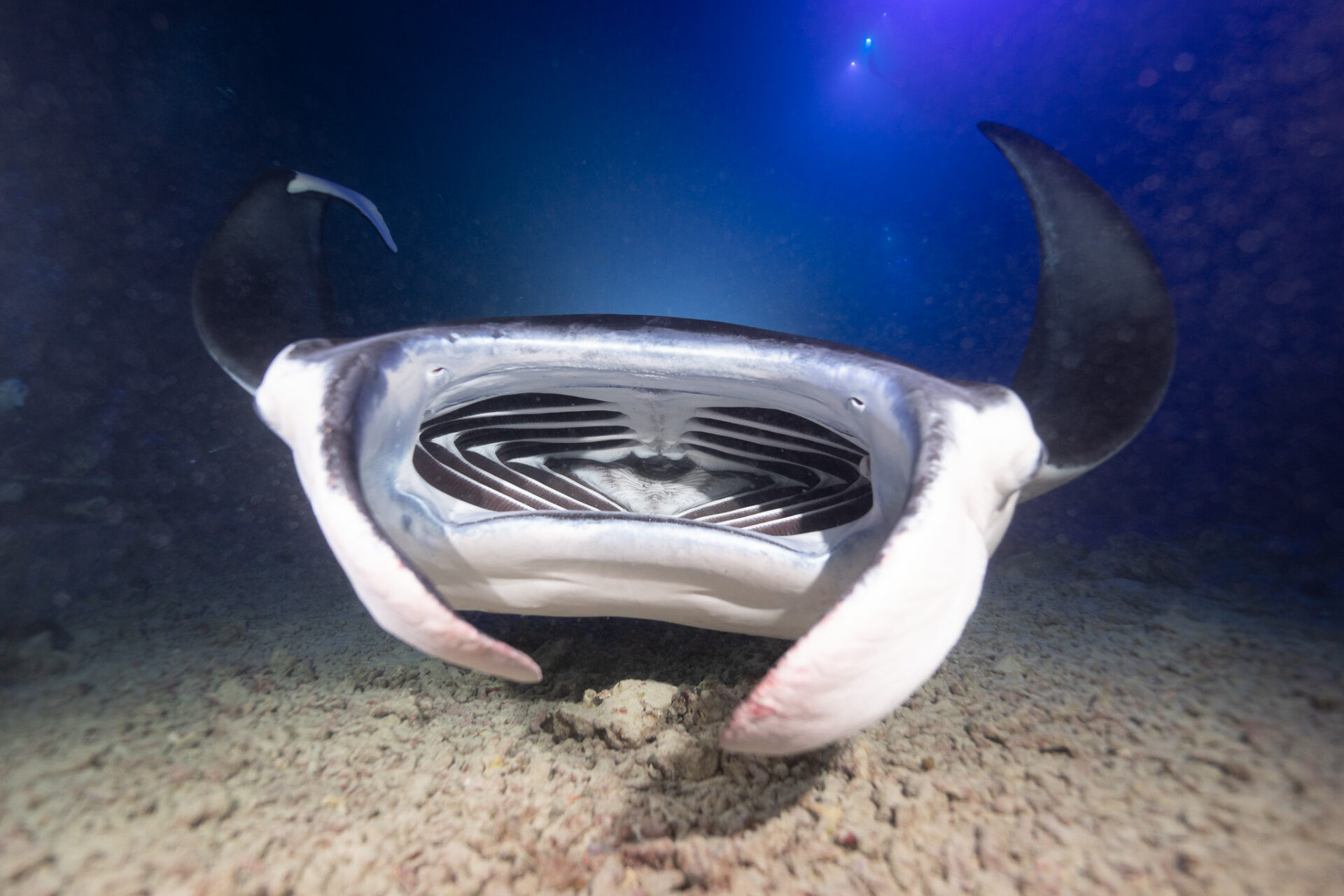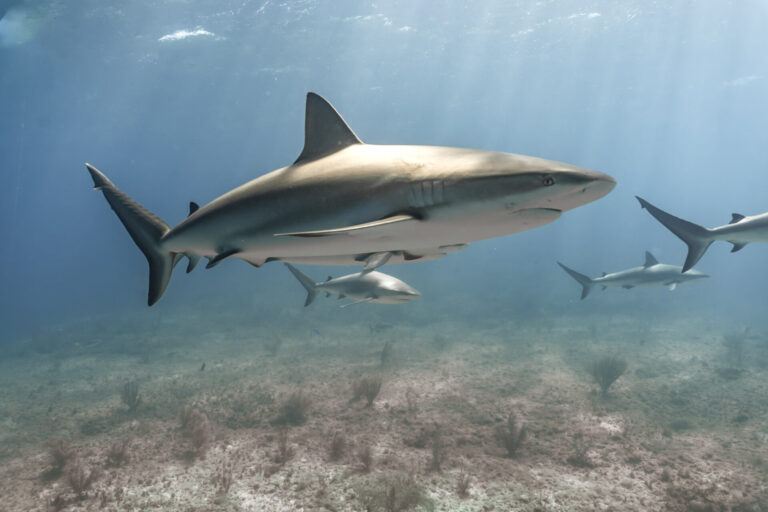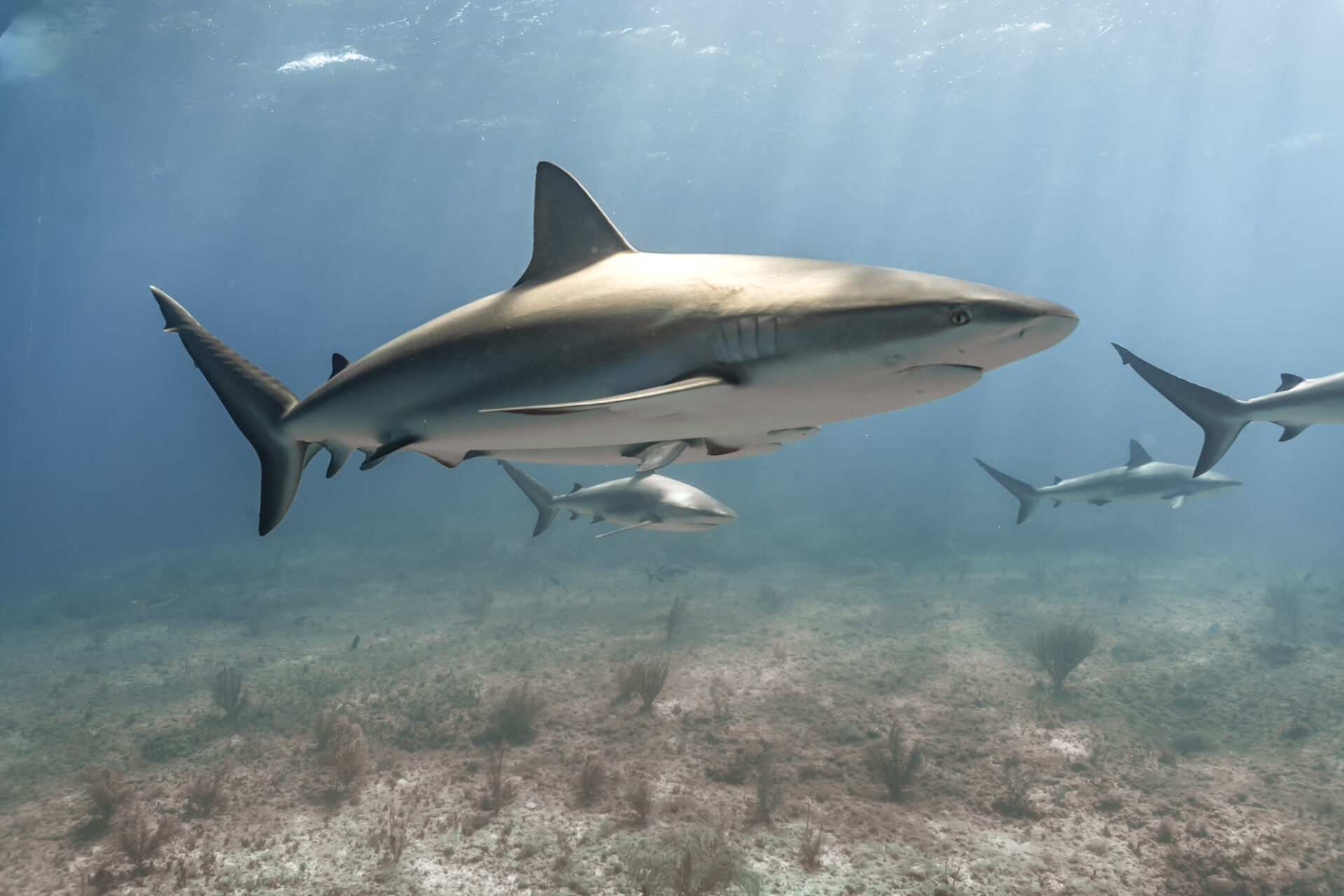Bimini Hammerhead Dive: A Complete Guide
If you’re either planning a trip to Bimini or curious about how the Bimini hammerhead dive runs, this is the guide for you. I’ve only ever done the Bimini hammerhead dive with Neal Watson’s Bimini Scuba Center. As always, always listen to your dive briefing and follow the instructions of the dive masters and crew on any dive you are doing.
Overview
Each diver will have a PVC pipe to help them re-direct any shark that gets too close.
Here is a diagram of how the dive will run:
The boat will pull up to the hammerhead area. The crew will drop the bow and stern anchors and the bait box, and will begin to chum the water. This will bring in a lot of nurse sharks to the back of the boat and it’s fun to take pictures of them.
Keep a look out below! Once a hammerhead or (much less frequently) a tiger shark is spotted, the crew will get everyone ready to get into the water. The Bimini hammerhead dive is about to begin!
You will be wearing a lot of weight (at least 26 lbs) and will descend slowly to 25-30 feet (it’s a shallow dive) using the stern anchor line. Once on the bottom, you will see a semi-circle of PVC pipes, the feeder and bait box, and any other divers already in the water. Some crews will line you up in the order you get into the water and other crews will let you pick any open spot you want. Pick a spot and get ready for the show.
Picking your Spot
There really isn’t a bad seat in the house.
Considerations for Picking Your Spot:
- Re-Directing Sharks: If you are nervous about the sharks swimming right up to you, then I would pick a position somewhere in the middle of the line of divers. If you’re on the end, you definitely have to keep an eye out and prepare to re-direct the sharks with your PVC pipe.
- Photography: if you’re bringing a big camera rig, here’s my guide to photographing the hammerhead dive.
- Feeding: If you position yourself right behind the feeder or slightly to the left-behind the feeder, you will get to see a lot of open mouth hammerhead action.
Changing Your Tank
The crew will feed the hammerheads continuously for 2 hours, so it’s up to you to decide when you want to change your tank (obviously if you hit 50 bar or 750 PSI, you will have to change the tank then) and there is no safety stop. I use one of 2 strategies on the dive.
Strategy 1: If either (1) there is another position on the dive that I want to be in or (2) I am going through my air faster than expected, I will be one of the first ones to change my tank, generally at the 40-45 minute mark (even if it’s half full), so that I can get back in the water and change spots when others go to change their tank. I may also use this strategy if the dive is full and the group on the boat looks older or slower and I don’t want to have to deal with changing my tank with everyone else.
Strategy 2: If I am happy with my spot on the dive and I am conservative with my air consumption, then I will generally do one long dive aiming for about 90 – 100 minutes. The risk with this is that you never know what will swim up when. You can always change you tank with 15-25 minutes left and get back in the water if your heart desires.
There’s no safety stop; so when you’re ready, let the safety diver know you’re going up by giving them a thumbs up followed by the okay sign. Then remember that you’re overweight (I always forget this after sitting on the bottom for a while) and use the line to get back up to the boat.
Once you’re back on the boat, look at all the amazing photos and videos you got of the Bimini hammerhead dive.

